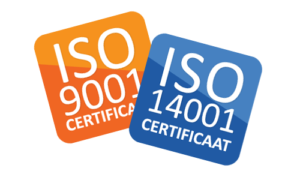Conductive Carbon Black for Lithium Ion Battery Applications
Nowadays there is a rapid development in lithium ion batteries because of their usage in electronics like mobile phones and electric vehicles. There are basically anode and cathode parts of lithium ion batteries and when we look at the cathode part we can see that it consists of particles of active material and inactive materials. For inactive materials we can give conductive additives as an example.
Conductive additive plays a role in increasing in the electric conductivity. For conductive additives carbon black can be given as an example. Conductive Carbon Black for Lithium Ion Battery Applications optimizes the electrical conductivity of the positive electrode but is not involved in the electrochemical redox process in lithium ion battery.
Actually the main duty of carbon black in lithium ion battery is to contribute to enhancing the cathode cyclability by filling the free spaces in between the particles of active material. So by this action the electrode conductivity increases.
Carbon black is a good choice to be used as conductive material in lithium ion batteries due to their low cost, low weight, high chemical inertness and property of being nontoxic. Also carbon black provides higher battery capacity and rate capability. To have a higher battery stability and high voltage charging for high energy carbon black will be a good choice. In some studies it has been observed that carbon black improves the battery cycle life. Since carbon black has low weight, you may load higher solids which enables higher coating speeds and this reduces battery manufacturing cost.
You must be logged in to post a comment.


About the author